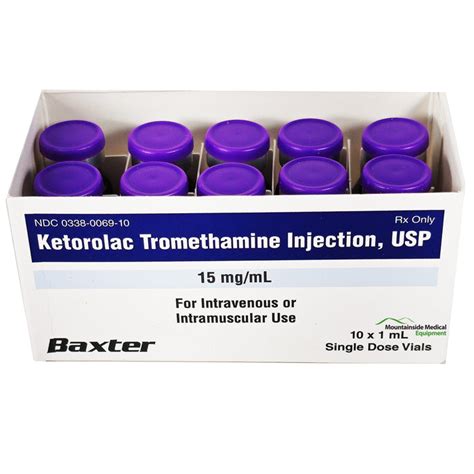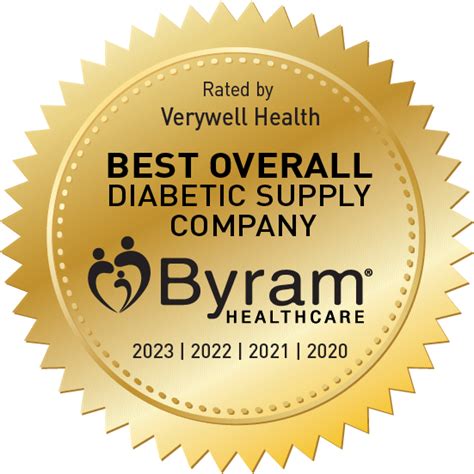Health Maintenance Organizations (HMOs) have been a cornerstone of healthcare for decades, offering a unique approach to managing healthcare costs while providing comprehensive coverage to their members. At the heart of the HMO model is the concept of preventive care, emphasizing regular check-ups, screenings, and health education to maintain the well-being of its members and prevent costly complications down the line. This approach not only benefits the individual but also contributes to the overall efficiency of the healthcare system by reducing the need for emergency interventions and prolonged hospital stays.
One of the defining characteristics of HMOs is their network of participating healthcare providers. Members are required to receive medical care and services from providers within this network, unless it’s an emergency. This setup allows HMOs to negotiate lower rates with healthcare providers, which in turn helps keep premiums lower for members. It’s a system that rewards loyalty and planning, encouraging members to build long-term relationships with their healthcare providers and to be proactive about their health.
HMO Structure: Understanding the Network
The structure of an HMO is built around its provider network. This network can include primary care physicians, specialists, hospitals, and other healthcare facilities. Each provider within the network has agreed to offer discounted services to HMO members. In exchange, the HMO promises to channel patients to these providers, ensuring them a steady stream of clients. This mutual agreement is the backbone of the HMO’s cost-saving strategy.
For members, navigating this network is relatively straightforward. Upon enrollment, individuals are often required to choose a primary care physician (PCP) from within the network. This PCP serves as the first point of contact for any medical concerns and is responsible for coordinating care, including referrals to specialists when necessary. The need to obtain a referral from a PCP before seeing a specialist is a key distinction between HMOs and other types of health insurance plans, such as Preferred Provider Organizations (PPOs), which offer more flexibility in choosing healthcare providers.
Benefits of HMOs
Despite the limitations on provider choice, HMOs offer several benefits that make them an attractive option for many individuals and families. One of the most significant advantages is the emphasis on preventive care. HMOs typically cover routine check-ups, screenings, and health education programs without requiring a copayment or deductible, encouraging members to take an active role in maintaining their health.
Another benefit is the cost-effectiveness of HMO plans. By controlling costs through negotiated rates with providers and emphasizing preventive care, HMOs can offer lower premiums compared to other types of health insurance. This aspect is particularly appealing to individuals and families on a budget or those who are generally healthy and less likely to need specialized care.
Furthermore, HMOs are known for their simplicity. Once enrolled, members have a clear understanding of what is covered and what is not, reducing the confusion and surprise bills that can accompany other health insurance plans. The predictability of costs, combined with the comprehensive nature of the coverage, makes HMOs a reliable choice for those seeking peace of mind regarding their healthcare expenses.
Challenges and Criticisms
While HMOs offer many advantages, they are not without their challenges and criticisms. One of the main complaints is the limited flexibility in choosing healthcare providers. The requirement to stay within the network can be frustrating for members who have established relationships with providers outside of the HMO’s network or who need specialized care that is not available within the network.
Moreover, the need for a referral from a PCP to see a specialist can sometimes delay access to necessary care. This gatekeeper model, while designed to control costs and ensure that members receive appropriate care, can be perceived as bureaucratic and obstructive, especially in urgent situations.
The Future of HMOs
As the healthcare landscape continues to evolve, HMOs are adapting to meet new challenges and demands. The Affordable Care Act (ACA), also known as Obamacare, has played a significant role in shaping the current healthcare market, including HMOs. The ACA’s emphasis on preventive care, expansion of Medicaid, and establishment of health insurance marketplaces have all impacted how HMOs operate and the benefits they offer.
Looking ahead, there is a growing trend towards consumer-directed healthcare, where individuals have more control over their healthcare choices and spending. HMOs are responding by offering more flexible plan options, including point-of-service (POS) plans that combine elements of HMOs and PPOs, allowing members to receive care outside of the network at a higher cost.
Conclusion
HMOs represent a vital component of the healthcare system, providing comprehensive coverage with an emphasis on preventive care and cost management. While they may not offer the flexibility that some individuals prefer, their benefits, including lower premiums and a focus on maintaining good health, make them an attractive option for many. As healthcare continues to evolve, HMOs will likely play a significant role, adapting their models to meet the changing needs of consumers and the healthcare industry as a whole.
What is the primary difference between an HMO and a PPO?
+The primary difference between a Health Maintenance Organization (HMO) and a Preferred Provider Organization (PPO) is the flexibility in choosing healthcare providers. HMOs require members to receive care from providers within their network, except in emergency situations, and often need a referral from a primary care physician to see a specialist. In contrast, PPOs allow members to see any healthcare provider, both in and out of network, without needing a referral, though seeing an out-of-network provider usually results in higher out-of-pocket costs.
How do HMOs control healthcare costs?
+HMOs control healthcare costs through several methods. Firstly, they negotiate discounted rates with healthcare providers within their network. Secondly, they emphasize preventive care, which can reduce the need for more costly interventions later on. Thirdly, the requirement for referrals to see specialists can help prevent unnecessary visits and procedures. Finally, by limiting care to network providers, HMOs can better manage and predict healthcare expenditures.
What are the advantages of choosing an HMO over other health insurance options?
+The advantages of choosing an HMO include lower premiums, comprehensive coverage with an emphasis on preventive care, and a simplified approach to healthcare that reduces surprises in billing. HMOs are particularly beneficial for individuals and families who are relatively healthy, have established relationships with providers within the HMO’s network, and are looking for a cost-effective, predictable healthcare solution.



